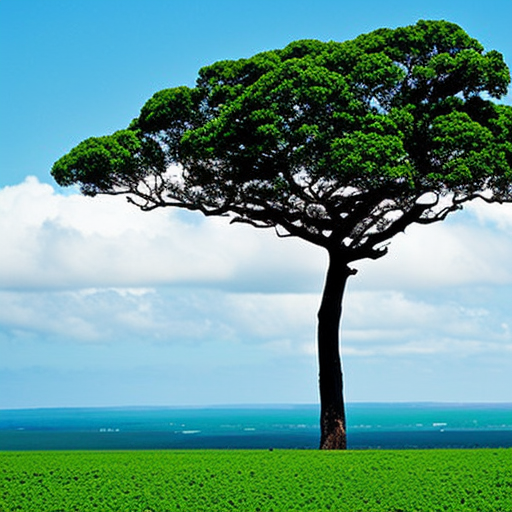Summary:
Deforestation refers to the permanent removal of trees and vegetation from forests, often resulting in the conversion of land for agricultural or industrial purposes. It is a significant environmental issue that has far-reaching consequences for biodiversity, climate change, and local communities. Deforestation occurs worldwide, with the Amazon rainforest being particularly affected. The causes of deforestation are diverse and include logging, agriculture, urbanization, and infrastructure development. Efforts to combat deforestation include reforestation, sustainable land management practices, and international agreements.
Causes of Deforestation:
- Logging: The demand for timber and wood products drives extensive logging activities, particularly in tropical rainforests.
- Agriculture: The expansion of agricultural land, especially for commercial crops like soy, palm oil, and cattle ranching, is a major driver of deforestation.
- Urbanization: Rapid urban growth leads to the clearing of forests for infrastructure development and housing.
- Infrastructure Development: Building roads, dams, and other infrastructure projects often requires clearing large areas of forest.
Consequences of Deforestation:
- Biodiversity Loss: Deforestation destroys habitats, leading to the loss of countless plant and animal species. It disrupts ecosystems and threatens biodiversity.
- Climate Change: Trees absorb carbon dioxide, a greenhouse gas responsible for climate change. Deforestation releases this stored carbon, contributing to global warming.
- Soil Erosion: Tree roots help bind soil together, preventing erosion. Without trees, soil erosion increases, leading to decreased fertility and increased runoff.
- Water Cycle Disruption: Forests play a crucial role in regulating the water cycle. Deforestation disrupts this cycle, leading to altered rainfall patterns and increased flooding or droughts.
- Loss of Indigenous Communities: Many indigenous communities rely on forests for their livelihoods and cultural practices. Deforestation threatens their way of life and can lead to displacement.
Efforts to Combat Deforestation:
- Reforestation: Planting trees in deforested areas helps restore ecosystems and mitigate the impacts of deforestation.
- Sustainable Land Management: Implementing sustainable land management practices, such as agroforestry and conservation agriculture, can reduce the need for further deforestation.
- International Agreements: International agreements like the Paris Agreement and the United Nations Framework Convention on Climate Change aim to address deforestation and promote sustainable land use.
- Consumer Awareness and Certification: Encouraging consumers to choose products from sustainable sources and supporting certification schemes like the Forest Stewardship Council can help reduce deforestation.
The Amazon Rainforest:
The Amazon rainforest, often referred to as the “lungs of the Earth,” is one of the most biodiverse regions on the planet. It is also highly vulnerable to deforestation. The main causes of deforestation in the Amazon include illegal logging, agriculture expansion, and infrastructure development. The consequences of deforestation in the Amazon are severe, including the loss of unique species, increased greenhouse gas emissions, and the displacement of indigenous communities. Efforts to protect the Amazon involve stricter law enforcement, sustainable land use practices, and international cooperation.
In conclusion, deforestation is a significant environmental issue with wide-ranging impacts. It is driven by various factors, including logging, agriculture, urbanization, and infrastructure development. The consequences of deforestation include biodiversity loss, climate change, soil erosion, and disruption of the water cycle. Efforts to combat deforestation involve reforestation, sustainable land management practices, international agreements, and consumer awareness. The protection of vital ecosystems like the Amazon rainforest is crucial for mitigating the effects of deforestation and preserving biodiversity.












